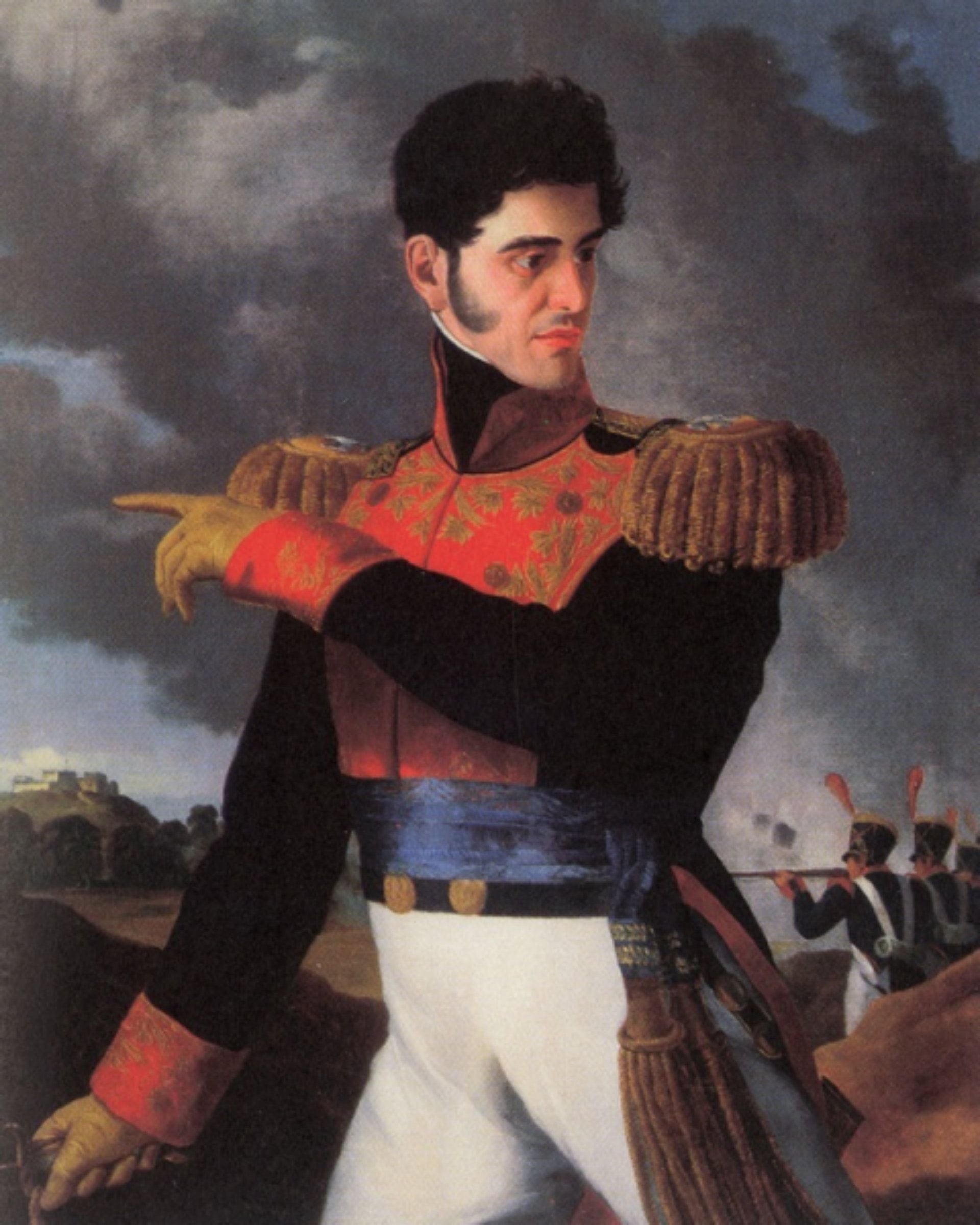
Throughout Mexico's history, some characters have stood out, for their courage, their fidelity to the country and their enthusiasm in defending Mexico. However, there are others that have also managed to gain great popularity, but most of all, because of some decisions that have not been so beneficial to the nation.
Antonio López de Santa Anna is one of the latter. Although there are many people who defend the character, who was present in the history of Mexico since the independence period, until the beginning of the second half of the 19th century, there are many others who criticize him, because of the decisions he made, and that led the country to political instability, poverty, misery and even the loss of more than half of Mexico's territory.
Antonio de Padua María Severino López de Santa Anna y Pérez, full name of Santa Anna, was born in Xalapa, in the state of Veracruz, on February 21, 1975. Some sources point out that he was president six times, however, others report that he managed to reach the presidential chair 11 times, although all of them were for a very short period of time.
The first time that Santa Anna was appointed president of Mexico was on a day like today, April 1st, but in 1833, and as vice president, Valentín Gómez Farías was appointed. It should be noted that, at that time, Santa Anna reported ill, making it impossible for him to hold office.

In accordance with the Constitution of the United Mexican States of 1824, article 75, the president's faults could be replaced. “There shall also be a vice-president who shall, in case of physical or moral impossibility of the president, rest all the powers and prerogatives of the president.”
The reality is that Santa Anna preferred to go to her ranch in Manga de Clavo, rather than to hold the presidency of the Republic. With this, Gómez Farías was in charge of the country for a short period, during which he restricted the indiscriminate expulsion of Spaniards from the country, achieving the permanence of those subjects of the Spanish crown, married to Mexicans, who had supported Mexico's independence.
After this brief period, Santa Anna first took power from May 16 to June 1, 1833, responding to a request for pamphlets in Mexico City. In addition, it sought to calm the political environment a little, following the interest of the federalist wing of Congress, to implement profound reforms within the Mexican social organization.
In this way, the politician from Veracruz began his intermittent efforts as head of the country's executive branch, becoming a prominent figure in national politics during the next two decades.

Before becoming president for the first time, Santa Anna had played an important role in several historical episodes, for example, the one known as Barradas Expedition.
This was an expedition, led by the Spaniard Isidro Barradas, carried out on July 26, 1829, just four months after Vicente Guerrero took power. This expedition landed on the coast of Tamaulipas, and its objective was to achieve the re conquest of Mexico, by Spain.
It had been organized in Cuba, and consisted of 4,000 armed men and equipment for as many others, since in Mexico they were supposed to receive immediate support from those who opposed independence.
The expeditionaries easily appropriated Tampico, Altamira, and other nearby villages, so it was necessary to send an army contingent, led by Antonio López de Santa Anna and Manuel Mier y Terán. Santa Anna's forces arrived by sea, while Manuel Mier's forces arrived by land. On September 9 of that year, Barradas forces were defeated at the Barra Fort. The capitulations were signed in Pueblo Viejo, Tamaulipas, with which the invaders pledged not to take up arms again against the Mexican nation.
Santa Anna was also present in other historical events, such as the independence of Texas, the War of the Pies, the War against the United States, where Mexico lost more than half of its territory and was banished from the country three times. On July 20, 1876, Santa Anna died, sick, almost blind and poor, in his home, which today is located on Calle de Bolívar #14, between Tacuba and May 5, in the Historic Center of Mexico City.
KEEP READING:
Últimas Noticias
Debanhi Escobar: they secured the motel where she was found lifeless in a cistern
Members of the Specialized Prosecutor's Office in Nuevo León secured the Nueva Castilla Motel as part of the investigations into the case

The oldest person in the world died at the age of 119
Kane Tanaka lived in Japan. She was born six months earlier than George Orwell, the same year that the Wright brothers first flew, and Marie Curie became the first woman to win a Nobel Prize

Macabre find in CDMX: they left a body bagged and tied in a taxi
The body was left in the back seats of the car. It was covered with black bags and tied with industrial tape
The eagles of America will face Manchester City in a duel of legends. Here are the details
The top Mexican football champion will play a match with Pep Guardiola's squad in the Lone Star Cup

Why is it good to bring dogs out to know the world when they are puppies
A so-called protection against the spread of diseases threatens the integral development of dogs




